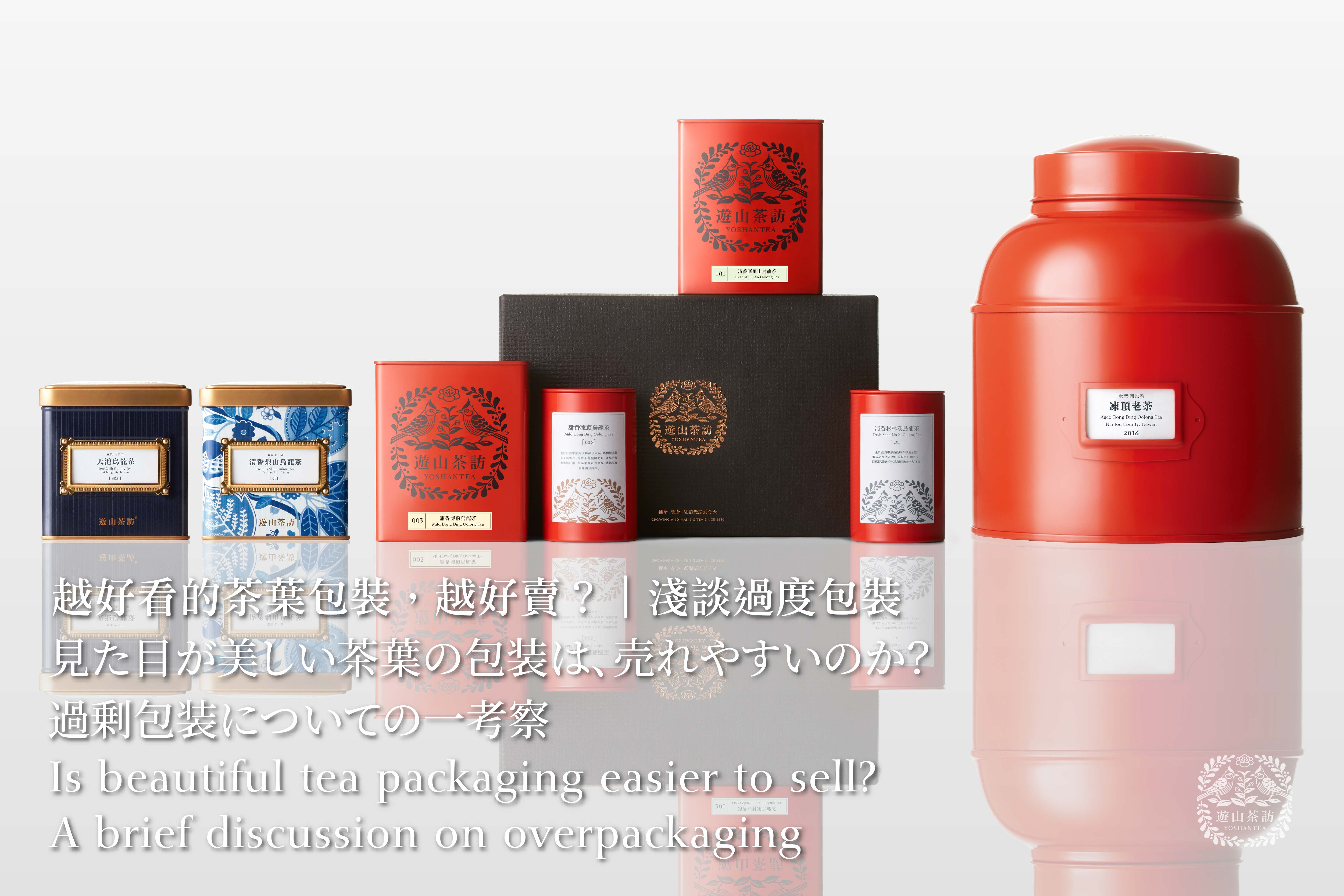Hello everyone,
I'm Andy, a tea enthusiast.
Tea is one of the best gifts,
and how to present an impressive gift is a key factor when purchasing.
As a result, luxurious "tea gift boxes" have emerged.
These boxes feature embossing, gold stamping, art paper, laser paper, laminated coatings, multiple printing techniques, and piano-finished wooden boxes.
Inside, there may be a display screen, speakers, or laser engraving.
The exterior might include brass clasps, cast dragon-head ornaments, and tassel decorations,
often paired with a hardcover booklet and sealed with a holographic anti-counterfeit label.
In some extreme cases,
a mere 6g (about 10ml in volume) of tea can come with 16,000ml of packaging,
creating a packaging ratio of 1,600 times the tea's volume.
Such excessive packaging used to be common in the past.
Nowadays,
many people who frequently receive tea gift boxes may find themselves surprised at how little tea there actually is inside after unwrapping the layers of packaging.
This kind of overpackaging creates significant waste disposal problems.
On the other hand,
there is the opposite extreme: minimalist or wabi-sabi-style packaging.
This might involve just a simple kraft paper bag with handwritten notes using a calligraphy brush.
While eco-friendly, this type of packaging tends to be unpopular as a gift.
About 10 years ago,
I visited Japan and met with an executive from a department store.
They had strict regulations to ensure the volume of the contents matched the packaging,
a rule to curb overpackaging.
When I returned to our company,
we decided to reduce the packaging volume.
Not only did this reduce waste, but it also made the product feel more "solid" in hand.
However,
after making this change,
we were quickly met with complaints from customers,
saying that the packaging now felt too "stingy" and lacked the grandeur needed for gifting.
While we lost some customers, we gained more who appreciated this concept.
Reducing packaging volume isn't just about shrinking the size;
it requires thoughtful design to make customers feel that the change is due to "consideration" rather than simply cost-cutting.
In the tea market,
"beautiful" packaging tends to make sales easier,
while "eco-friendly" packaging is harder to sell.
Striking a balance between "eco-friendly," "beautiful," and "marketable" is a goal that the tea industry must continually strive to achieve.
I hope the above information is helpful to everyone. See you next time.
#yoshantea #taiwantea #dongdingtea #oolongtea #teafacotry #FSSC22000 #safetea #packagingdesign #sustainabledesign #ecofriendly

